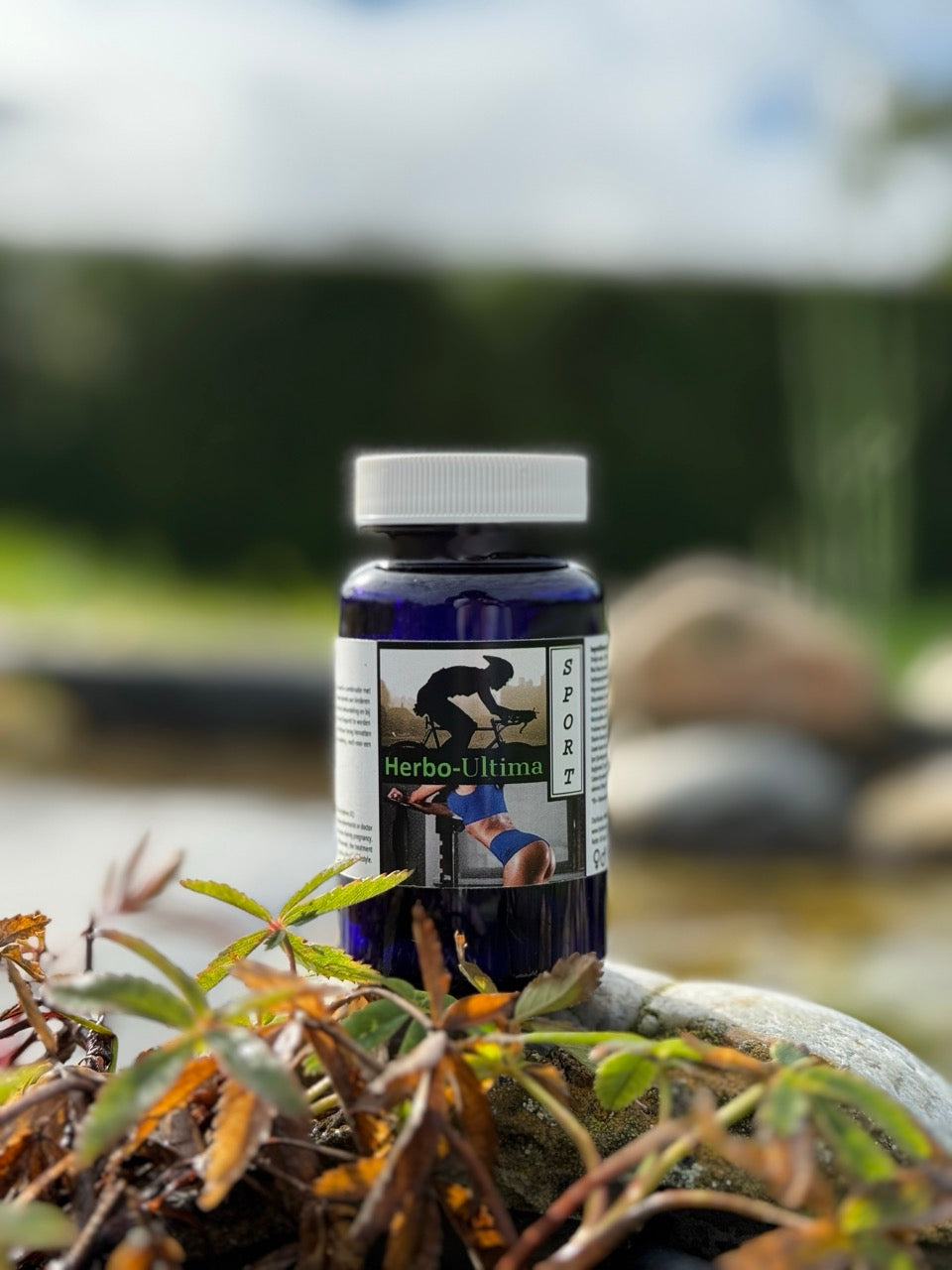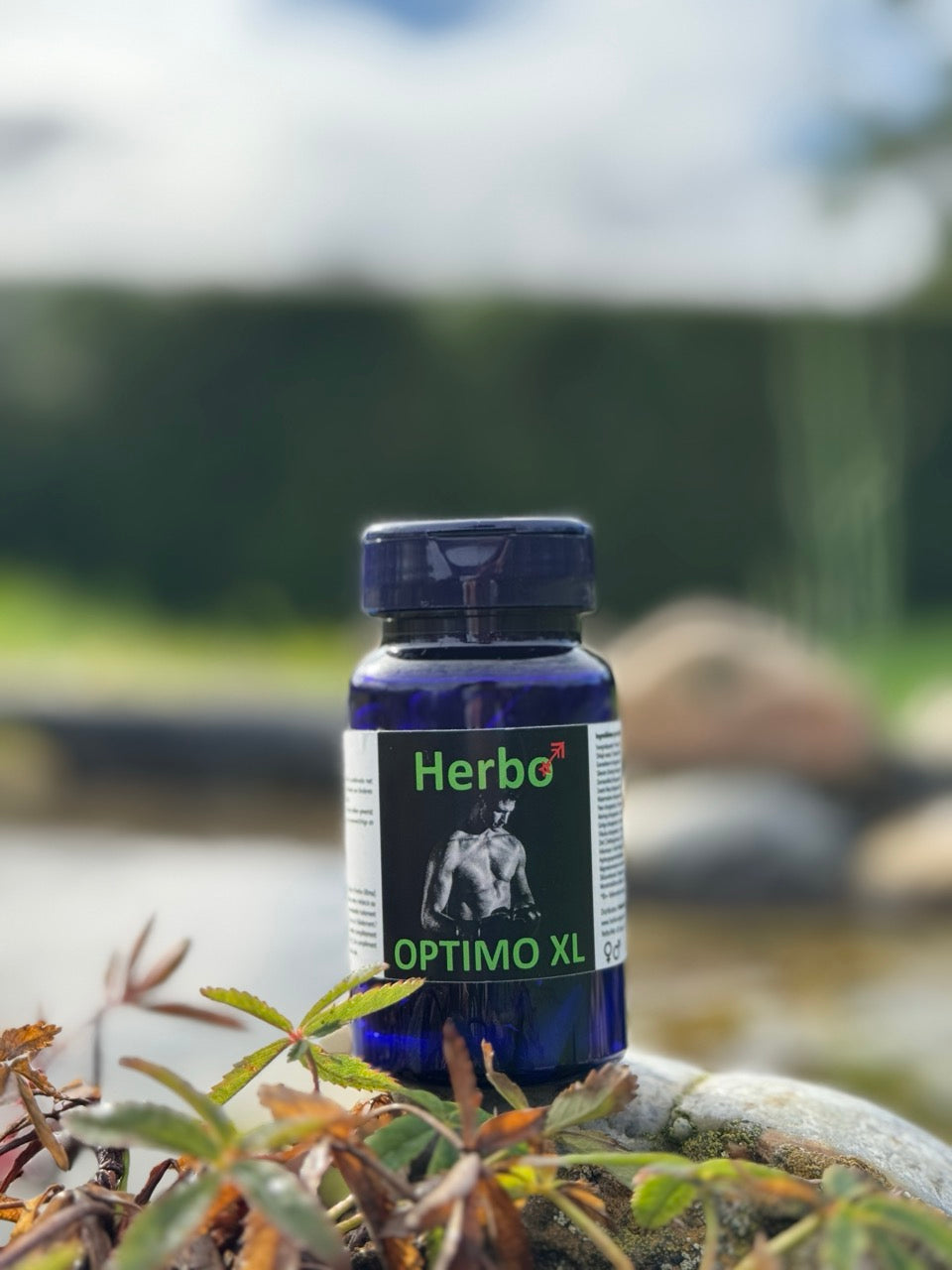Iron
------
Iron is a mineral that is important, among other things, for the formation of hemoglobin, a component of red blood cells.
Red blood cells transport oxygen through our body.
Iron occurs in our food in two forms: as heme iron and as non-heme iron.
Heme iron is found only in animal products. Non-heme iron is found in both animal and plant products. Heme iron is absorbed somewhat better.
People who are at higher risk of iron deficiency are women of childbearing age, pregnant women, and women who are breastfeeding.
Also for young children and vegetarians, it is important to pay extra attention to iron.
A iron deficiency can be recognized by fatigue, pale skin, restless legs, and getting out of breath quickly.
If an iron deficiency is suspected, it is advisable to visit the general practitioner.
Iron in food
Inhoud
- What is iron?
- How does the body absorb iron?
- How much iron does the body absorb?
- Where is iron found?
- What do you need iron for?
- How much iron do you need per day?
- Iron tablets
- What are the consequences of an iron deficiency?
- What are the consequences of too much iron?
Wat is ijzer?
Iron is a trace element. A trace element is a mineral that the body needs only in very small amounts.
Different forms of iron: heme iron and non-heme iron
Iron is present in our food in two forms: heme iron and non-heme iron. Heme iron is found only in animal products.
Non-heme iron is found in animal and plant products.
Most of the iron we eat is non-heme iron, about 90%. Around 10% is heme iron.
Hoe neemt het lichaam ijzer op?
Your body absorbs iron in the first part of the small intestine (the duodenum).
The absorption of iron from the diet varies and depends on:
1. The iron stores in your body
The iron stores are the most important factor determining how much iron is absorbed.
When iron stores decrease, the absorption of iron by the body from the small intestine increases.
The amount of iron in the body is 3 to 4 grams. About 25% of this is stored in the liver, spleen, and bone marrow.
Research shows that the absorption of heme iron increases to over 42% when the stores are nearly depleted.
2. The form in which iron occurs in your food (heme iron or non-heme iron)
About 25% of iron is absorbed by your body from food.
The amount of non-heme iron your body absorbs can vary between 1 and 10%.
This depends on the solubility of the non-heme iron in the small intestine. The more soluble it is, the better it is absorbed.
3. The presence of other nutrients
Certain substances in food increase the solubility and thus the absorption of non-heme iron.
This is how vitamin C helps your body absorb non-heme iron better. If you eat vegetables or fruit with every meal, your body will absorb iron more easily.
Other substances form an insoluble complex with non-heme iron, which actually reduces the absorption of non-heme iron.
This concerns phytic acid in grains and legumes, and polyphenols in tea and coffee.
Calcium can reduce the absorption of heme iron and non-heme iron.
This is a small effect. Studies show that it does not lead to iron deficiencies.
The effects of nutrients on iron absorption have often been studied independently.
When looking at the overall dietary pattern in the long term,
then there are no specific nutrients you need to avoid due to an inhibitory effect on iron absorption.
With a varied diet, you also consume foods that stimulate absorption and can counteract the inhibitory effect. Moreover, this has been taken into account when determining the recommended amounts of iron.
Hoeveel ijzer neemt het lichaam op?
The absorption of the total amount of iron from an average Western diet is estimated at over 15%.
On average, a vegetarian absorbs 10% iron from food, because they mainly consume non-heme iron, which the body absorbs less efficiently.
Waar zit ijzer in?
Heme iron is found only in animal products such as meat, fish, and chicken. Beef or lamb contains more iron than pork or chicken.
Non-heme iron is found in both animal and plant products.
Think of bread and whole grain products, legumes, nuts, and green vegetables such as spinach, purslane, bok choy, and Swiss chard.
Non-heme iron is also found in radish. Eggs and meat substitutes contain only non-heme iron.
Waarvoor heb je ijzer nodig?
Iron has various functions in the body:
- Iron is important for the formation of hemoglobin, a component of red blood cells.
- Red blood cells transport oxygen through our body.
- Iron is needed to produce energy in our cells.
- Iron contributes to the normal functioning of the immune system.
Hoeveel ijzer heb je per dag nodig?
For men, the recommended daily allowance (RDA) is 11 milligrams of iron per day.
For women before menopause (between 16 and 50 years old), this is 16 milligrams per day.
With a healthy and varied diet, many people get enough iron.
IJzer bij vegetarisch eten
Vegetarians generally only consume non-heme iron.
This is less well absorbed by the body than heme iron, which is found only in animal products.
Vegetarians sometimes have lower iron stores, but that level is still sufficient.
There is therefore no reason to recommend higher amounts of iron for vegetarians.
When choosing meat substitutes, it is advisable to select varieties with sufficient iron.
IJzertabletten
A varied diet provides sufficient iron for most people.
The advice is not to take multivitamins or other supplements containing iron.
If you do, then do not take more than 100% of the recommended daily allowance (RDA).
On the label, the reference intake (RI) indicates the recommended daily amount.
Wat zijn de gevolgen van een tekort aan ijzer?
You can recognize an iron deficiency by:
- Quickly tired
- Pale skin
- Quickly out of breath
- Troubled by restless legs, an urge to move them
The most severe form of iron deficiency is anemia. Often, these symptoms of iron deficiency appear before anemia develops. If you have these complaints for an extended period, consult your doctor.
Children need sufficient iron for the development of their cognitive abilities and muscle coordination.
In young children, an iron deficiency can lead to poorer memory function and disrupted learning behavior.
In pregnant women, an iron deficiency can lead to anemia.
Heb ik een ijzertekort?
The chance that you have an iron deficiency is not very high. Your body ensures that it extracts more iron from food if a deficiency threatens.
There are groups that have a higher chance of iron deficiency.
This concerns girls and women of childbearing age, because they lose blood when they have their period.
Also women who are pregnant or breastfeeding have a higher risk of iron deficiency.
In addition, it is important for young children and vegetarians to pay extra attention to iron intake.
Bloedarmoede
An iron deficiency is often associated with anemia due to a low hemoglobin level in the blood.
Anemia is not always and solely the result of an iron deficiency.
A low hemoglobin level in the blood can also be caused by a deficiency of folic acid or vitamin B12.
Or as a result of internal bleeding, for example due to an infection.
Also in the case of inflammation in the small intestine, such as with coeliakie of the Crohn's disease, the hemoglobin level of the blood can be low.
The body does not absorb the iron in food well.
Studies show that a true iron deficiency, resulting in anemia, is almost nonexistent in Western countries.
In certain conditions, such as malaria, extra iron does more harm than good.
It is therefore important to take iron tablets only after consulting a doctor.
Wat zijn de gevolgen van te veel ijzer?
Too much iron can be harmful to the liver. This may increase the risk of liver cancer, cardiovascular diseases, and type 2 diabetes. Taking more than 45 milligrams of iron per day can cause acute gastrointestinal problems, such as nausea, vomiting, and diarrhea.
Hemochromatose
People with the hereditary condition hemochromatosis can quickly absorb too much iron. This condition occurs in about 0.5% of the population. Hemochromatosis patients require a modified diet. They should definitely not take iron tablets.
Aanvaardbare bovengrens
The European Food Safety Authority (EFSA) has no acceptable upper limit determined for iron.
The Scandinavian Nordic Council applies an acceptable upper limit of 25 milligrams of iron per day from food and supplements for adults. The American Institute of Medicine sets it at 45 milligrams per day.
It is virtually impossible to get too much iron through diet.




